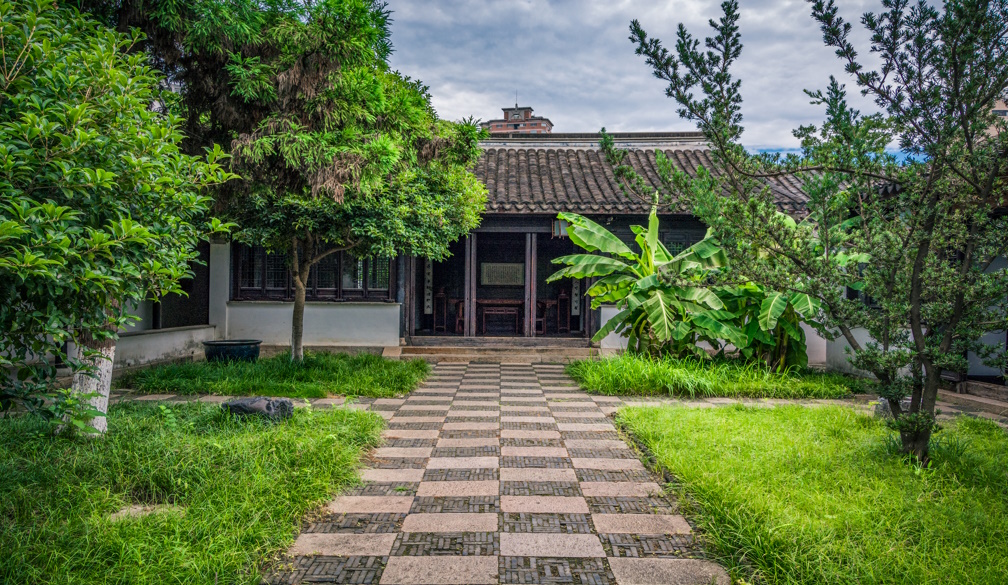5 Outdoor Hazards That Could Be Hiding in Plain Sight

Backyards and gardens are meant to be places of comfort — somewhere to relax, host a BBQ, or let the kids and pets roam free. But while your outdoor space may look tidy and harmless, there are often hidden dangers that can cause damage, injury, or unexpected repair bills if left unchecked.
The good news is that with a little awareness and regular upkeep, you can spot and fix these risks before they become major issues. Here are five common outdoor hazards that might be right under your nose — and what you can do about them.
1. Overgrown Trees and Shrubs
That shady gumtree or thick hedge may add charm to your garden, but left unchecked, vegetation can quickly become a threat to structures, fences, and drainage systems. Roots can crack paving and disrupt foundations, while thick branches overhanging your roof pose a serious risk during storms.
Excess vegetation can also clog gutters, block airflow, and create ideal hiding spots for pests. In some cases, smart vegetation removal is necessary — especially when it starts interfering with power lines, sheds, or water drainage. Removing or thinning problem areas allows for better airflow and sunlight, which helps your garden stay healthy and safe.
2. Slippery Surfaces
Paving stones, timber decking, and garden paths may look solid, but they can become dangerously slippery when exposed to rain, moss, or algae. This is especially true in shaded areas where moisture lingers.
Slips and falls are one of the most common backyard accidents, particularly for kids or elderly guests. Keep surfaces safe by:
- Power washing walkways regularly
- Treating timber decking with anti-slip oil or grip strips
- Using pavers with textured finishes in high-traffic areas
- Ensuring your outdoor space has proper drainage to reduce standing water
If certain areas remain damp or mossy no matter what, consider adjusting nearby plants or overhangs to let in more sunlight.
3. Blocked or Ineffective Drainage
Drainage is one of those things you only think about when it’s too late. After heavy rainfall, poorly drained yards can flood easily — washing away soil, damaging plants, and sending water where it doesn’t belong.
Blocked gutters, undersized storm drains, or uneven ground can all lead to pooling water or damp patches that never seem to dry out. Over time, this can lead to serious structural issues or even attract pests like mosquitoes.
Take a few minutes to inspect your yard after a good rain:
- Are there puddles near your foundation?
- Is water flowing away from the house, or toward it?
- Do your downpipes extend far enough to redirect water properly?
If the answer to any of those is no, it might be time to install a French drain, add soil to improve slope, or clear out any blockages in your existing drainage setup.
4. Hidden Trip Hazards
From uneven paving stones to garden hoses left lying around, many outdoor hazards are simply waiting to catch someone off guard. While they might not seem serious at first glance, even small trips can lead to painful injuries — especially on hard surfaces.
Some common offenders include:
- Cracked concrete or lifted pavers
- Exposed tree roots across walkways
- Unsecured garden edging
- Children’s toys or garden tools left out
A weekend clean-up can go a long way here. Secure or replace unstable surfaces, remove unnecessary clutter, and mark out walkways with solar lights or low fencing to guide foot traffic safely.
5. Unstable Structures and Fixtures
Garden sheds, pergolas, retaining walls, and even swing sets can all degrade over time — especially if they’re made from untreated timber or installed without proper support. What once felt sturdy might now be wobbling, leaning, or slowly deteriorating from rust, rot, or insect damage.
Make it part of your seasonal maintenance routine to:
- Check for signs of wood rot or termite activity
- Tighten loose bolts and fittings
- Repaint or reseal exposed surfaces to protect from weather
- Inspect fences for leaning posts, missing panels, or rusted fixtures
Fixing minor issues early will save you the hassle (and cost) of larger repairs down the track — or worse, needing a full replacement after something collapses.
Prevention is Easier Than Repair
The key to keeping your outdoor space safe, enjoyable, and low-maintenance is simple: stay proactive. A quick walk-through of your property every few weeks — especially after bad weather — helps you catch small problems before they turn into expensive ones.
Create a seasonal checklist and take note of anything that needs trimming, tightening, draining, or replacing. Your outdoor area will not only look better, but it will be safer for everyone who uses it — from your kids and pets to visiting friends and family.
After all, your yard should be a place where you can kick back and relax — not worry about hidden hazards waiting to cause trouble.

